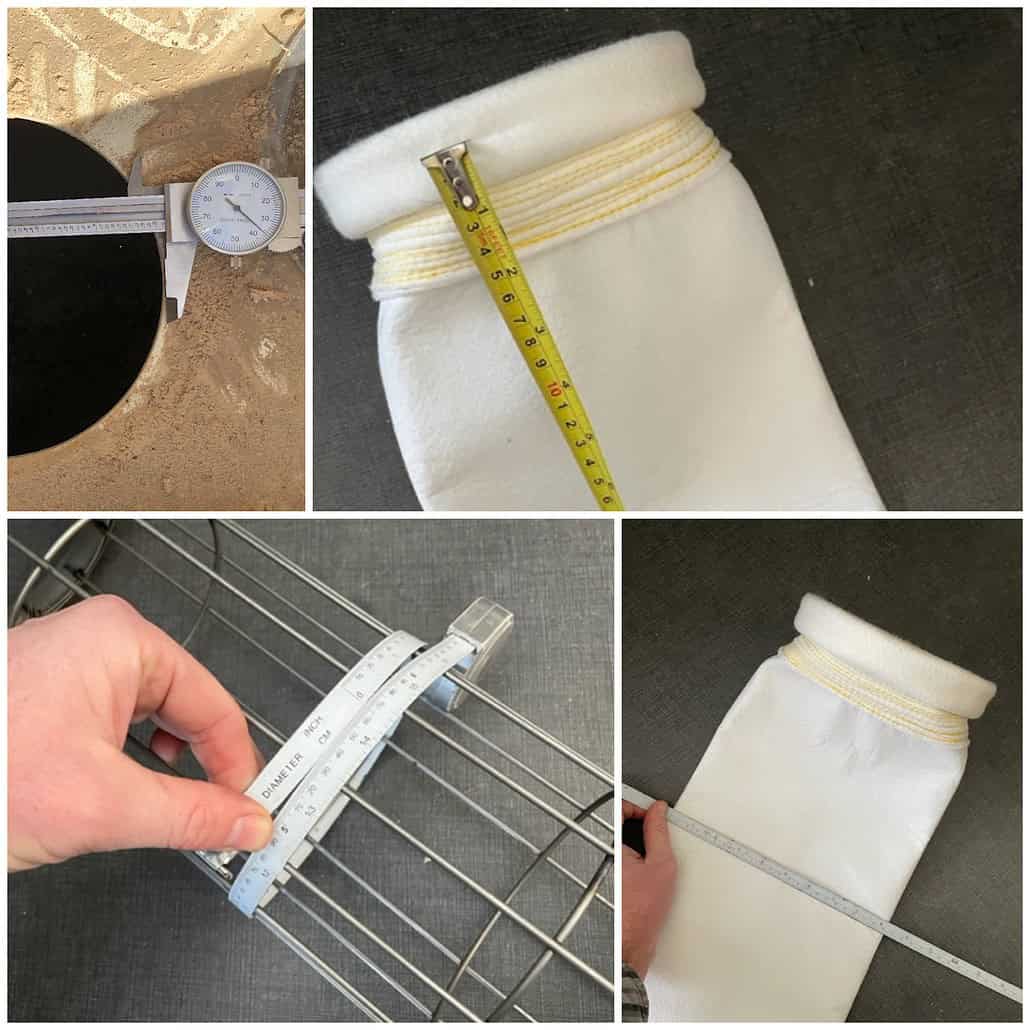September 2nd, 2011 | Baghouse.com – Bowing to pressure from all directions, President Obama announced Friday that he was ordering the EPA (Environmental Protection Agency) to scrap plans to tighten the federal clean air regulations regarding ozone and smog. The controversial proposal has long been singled out as an unnecessary “job killer” by opposition republican law makers, and a wide range of industry groups.
In the prepared statement issued on Friday after a federal report on private sector employment show virtually no growth for August. The President said that after considering the the burdens that governmental regulations place on business, he had decided to withdraw the proposed new ozone limits. “At the same time, I have continued to underscore the importance of reducing regulatory burdens and regulatory uncertainty, particularly as our economy continues to recover. With that in mind, and after careful consideration, I have requested that Administrator Jackson withdraw the draft Ozone National Ambient Air Quality Standards at this time. Work is already underway to update a 2006 review of the science that will result in the reconsideration of the ozone standard in 2013. Ultimately, I did not support asking state and local governments to begin implementing a new standard that will soon be reconsidered,” Obama said.

The EPA’s proposed tighter ground-level ozone standards were deemed to burdensome by Pres. Obama and overruled.
The proposed new standards would have lower the the acceptable amount of ground-level ozone in the National Ambient Air Quality Standards (NAAQS) from the current 75 ppb (parts per billion) to between 60 – 70 ppb. The new standards were projected to have cost between $19 billion to $90 billion in compliance costs depending how strict the amendments would be.
The announcement was applauded by many who stood in opposition to the proposed changes. “The president’s decision is good news for the economy and Americans looking for work. EPA’s proposal would have prevented the very job creation that President Obama has identified as his top priority,” said Jack Gerard, president and CEO of the American Petroleum Institute. National Association of Manufacturers President and CEO Jay Timmons said, “Manufacturers have made it very clear that this discretionary action by the EPA to revise the ozone standard would harm the economy and threaten job creation. Today the Administration took yet another step in delaying the standard and manufacturers hope this is a sign that the Administration is hearing our concerns.”
The decision to revise the standards came after years of legal challenges to the existing levels for ozone. President Bush had previously followed the same course when he overruled EPA suggestions and set the standard to the current limit of 75 ppb, stricter than the previous levels set in 1997 but below EPA scientists recommendations to protect public health.
Despite the proposed enormous costs of implementing the new regulations, the EPA says that is worth the cost, since the ground-level ozone standard is the environmental regulation most closely linked to public health. Ozone is the main contributing ingredient to smog, which is a powerful lung irritant that cause periodic public health warnings due to its role in causing and/or aggravating asthma and other lung conditions. Supporters say this would despite huge costs to industry, create billions in savings in health care, lost productivity, and other areas.
Ground-level Ozone pollution contributes to the creation of smog, a powerful lung irritant and asthma trigger
The decision while looked upon as a cop-out by many environmentalists, does not spell doom for the regulations. Currently, the standards are set to be reviewed by the EPA in 2013. The EPA when issuing standards is bound by the Clean Air Act (the federal statute that established the EPA in 1970) to not consider the cost of implementation when formulating standards. Additionally, the American Lung Association has a pending lawsuit against the EPA over the regulations that it says are contrary to scientific findings on the matter. President Obama’s recent review of the standards was given as a solution to the lawsuit. However with those plans scrapped for now, the ALA is ready to continue their legal battle to get the regulations tightened. EPA administrator Jackson had said in July that the standard would not survive a legal challenge because it did not follow the recommendations of the agency’s scientific advisers.
However, resistance to the proposed regulations continues to run deep despite calls for its passage from health groups. “We ask the President and his Administration to abandon their current reconsideration efforts until a review is required in 2013 and to carefully consider the drastic consequences this standard will have on job growth and the struggling economy,” Timmons said.
Howard Feldman, director of regulatory and scientific affairs with the American Petroleum Institute, said in August, “A Manufacturers Alliance/MAPI study found that EPA’s ozone proposal could result in 7.3 million U.S. jobs lost by 2020 and could add $1 trillion in new regulatory costs per year between 2020 and 2030.”
“The discretionary proposed ozone regulation is not workable and would impose a severe burden on manufacturers and the entire American economy at a time when workers and businesses are really struggling,” Feldman said.
“Existing emission controls have led to significant improvements in air quality and will continue to produce cleaner air,” said Feldman. “We need to allow existing regulations to work before we consider adding new ones.”
And what does this mean for U.S. industry in general? While the administration’s decision to hold of on tightening the NAAQS for now will result in lower compliance costs in the short term, facilities should not assume this means that these standards will not return in the near future. Environmental regulation most certainly will continue to increase in the near future, and companies would be wise to invest in sufficient Air Pollution Control (APC) technology in anticipation.
About the Author
| Dominick DalSanto is an Author & Environmental Technologies Expert, specializing in Dust Collection Systems. With nearly a decade of hands-on working experience in the industry, Dominick’s knowledge of the industry goes beyond a mere classroom education. He is currently serving as Online Marketing Director & Content Manager at Baghouse.com. His articles have been published not only on Baghouse.com , but also on other industry related blogs and sites. In his spare time, Dominick writes about travel and life abroad for various travel sites and blogs.






